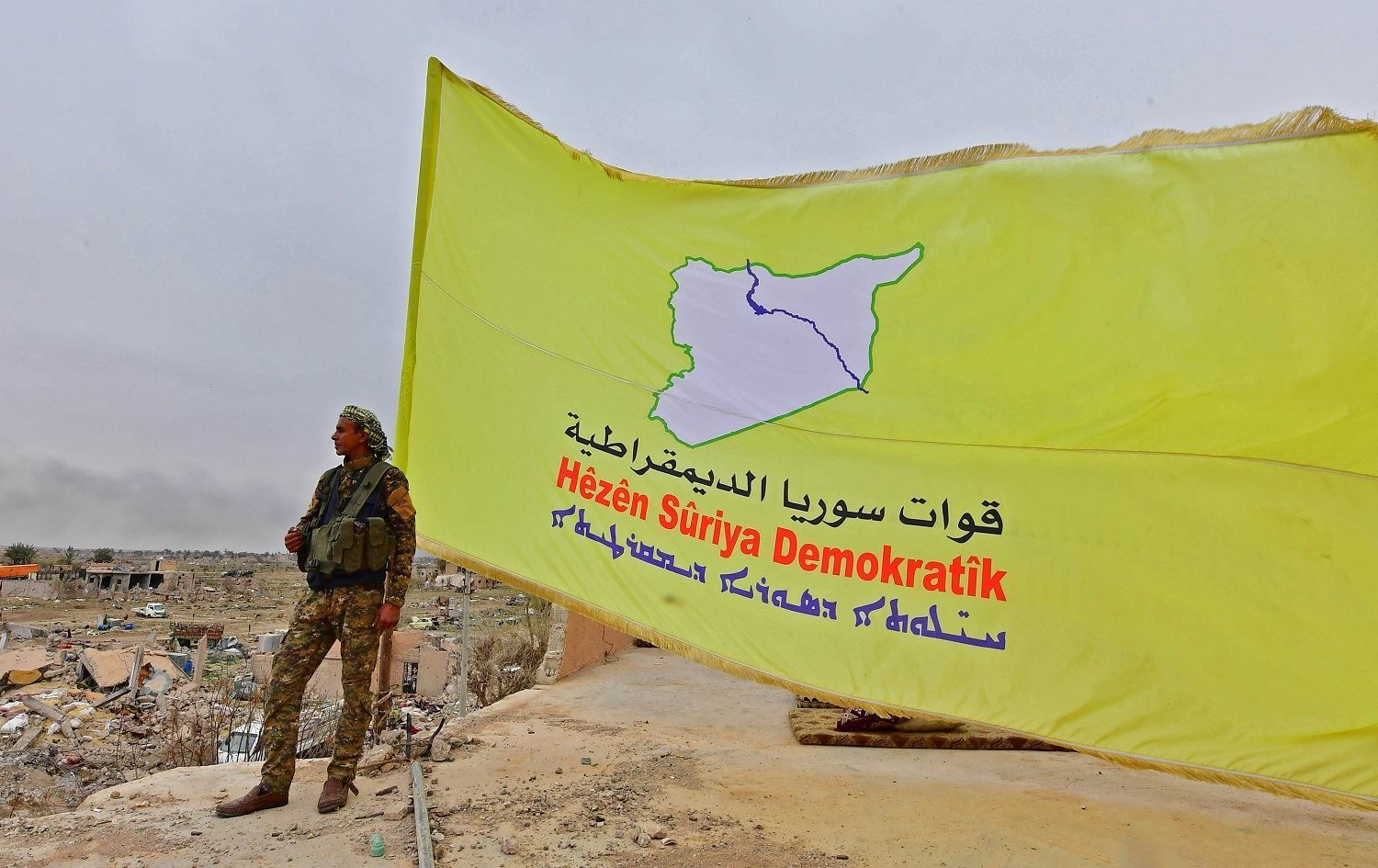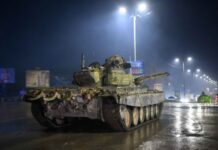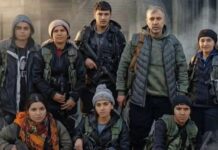
Late Tuesday night, early Wednesday morning of August 7, tribal forces launched a massive assault on positions held by the US-backed, PKK-aligned Syrian Democratic Forces (SDF) in Deir Ezzor, northeastern Syria. The Syrian Democratic Council (SDC), the political arm of the SDF, condemned the attack and accused the Assad regime and its allies of orchestrating the violence.
The assault, which began in the predawn hours of August 7, saw tribal forces, reportedly loyal to the Assad regime and backed by Iranian operatives, targeting SDF positions east of Deir Ezzor. The SDC issued a statement holding the Assad regime responsible for the “treacherous and cowardly attack,” which they claim resulted in “significant civilian casualties and injuries.”
“The towns and villages of Deir Ezzor, east of the Euphrates, were subjected to a treacherous and cowardly attack by the forces of the Assad regime’s authority and their remnants associated with external forces,” the SDC statement read. “They killed many innocent civilians and seriously injured others.”
The SDC’s statement strongly condemned the attacks, holding the Assad regime fully accountable and warning of potential security escalations. The council called on all political and national forces to denounce the Assad regime’s actions, highlighting that such attacks strengthen ISIS and undermine anti-terrorism efforts. “The hand of justice will one day extend to all those responsible for these criminal and terrorist attacks,” the SDC asserted.
As the Tribal Army launched its offensive, the SDF responded with heavy bombardment, leading to civilian casualties. The Autonomous Administration in Deir Ezzor imposed a curfew, while the SDF surrounded regime-controlled areas in Hasakah and Qamishli in retaliation. Farhad Shami, director of the SDF’s media office, accused the Assad regime’s intelligence service of orchestrating the attack under the orders of General Intelligence Service chief Hossam Louqa. Shami praised the resistance of SDF forces and local civilians, who repelled the attackers.
The attack, involving fighters from the Al-Akidat tribe and National Defense Forces (NDF), marked the largest clash between tribal forces and the SDF since September 2023. Notably, the assault targeted areas near critical American bases, including the Al-Omar oil field, and weaponry such as rocket-propelled grenades and thermal sniper rifles.
Cross-referenced intelligence suggests that the tribal forces received training from the Iranian Revolutionary Guard Corps (IRGC), coordinated by tribal leaders loyal to Iran. This attack is seen as part of a broader Iranian strategy to challenge US influence in the region, particularly in light of recent Iranian-American tensions in Iraq and eastern Syria.
The conflict’s broader context includes Iranian efforts to leverage tribal discontent with the SDF’s control over Deir Ezzor’s resources and security measures. Iran’s strategy appears aimed at pressuring US forces in the region, potentially influencing American responses to future Iranian actions, especially regarding Israel.
The tribal forces’ attack also sends a message to Turkey, indicating the Assad regime and its allies’ capabilities to confront the SDF, potentially pushing Ankara and Damascus closer under Russian mediation. This development could affect the normalization process between Turkey and the Assad regime, depending on the continuation and scope of these attacks.
As of Wednesday, August 7, clashes continued, with SDF reinforcements arriving from northern Deir Ezzor, Hasakah, Qamishli, and Al-Shaddadi. Both sides have employed artillery, causing significant displacement of civilians from contested areas. The situation remains fluid, with the SDF committed to defending its territories and pursuing attackers, while the broader geopolitical ramifications of this conflict unfold.








